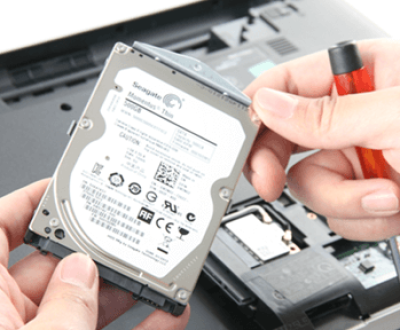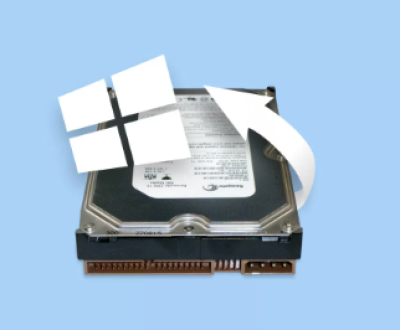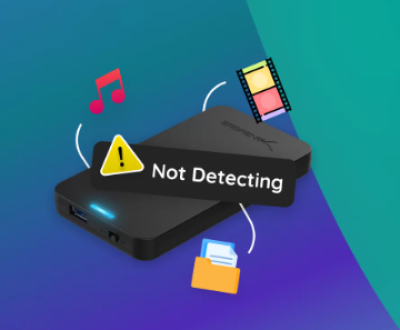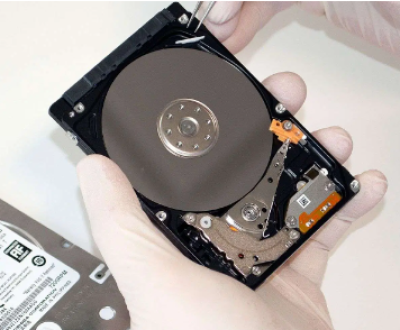From capturing precious family moments to creating professional-grade content for the entertainment industry, these devices play a crucial role. However, like any complex piece of technology, cameras and video equipment are prone to malfunctions. Precision camera and video repair is the specialized field dedicated to diagnosing and fixing these issues, ensuring that these devices continue to function at their optimal level.
Types of Cameras and Video Equipment
DSLR Cameras
Digital Single – Lens Reflex (DSLR) cameras are popular among professional photographers and enthusiasts. They offer interchangeable lenses, allowing for a wide range of creative possibilities. DSLRs have a mirror – based optical viewfinder system that reflects the image from the lens into the viewfinder, providing a real – time preview of the shot. Some common models include the Canon EOS 5D series and the Nikon D850.
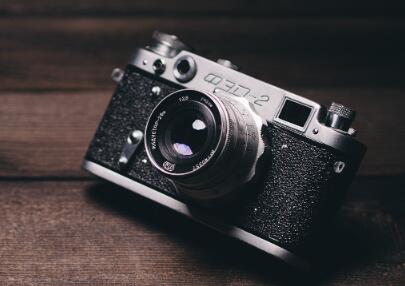
Mirrorless Cameras
Mirrorless cameras have gained significant popularity in recent years. They eliminate the need for a mirror box, making them more compact and lightweight compared to DSLRs. Instead, they use an electronic viewfinder (EVF) or the rear LCD screen to display the image. Sony’s Alpha series and Fujifilm’s X – series are well – known mirrorless camera lineups.
Camcorders
Camcorders are designed specifically for video recording. They come in various formats, from consumer – grade handheld models to professional – grade shoulder – mounted units. Consumer camcorders are often used for home videos, while professional camcorders are equipped with advanced features such as high – quality lenses, XLR audio inputs, and the ability to record in different codecs. Panasonic’s AG – series and Sony’s PMW – series are popular among professionals.
Action Cameras
Action cameras are compact, rugged, and designed to capture footage in extreme conditions. They are often used for sports, adventure, and vlogging. GoPro is the most well – known brand in the action camera market, but there are also competitors like DJI Osmo Action. These cameras are typically small, waterproof, and have a wide – angle lens to capture a large field of view.
Common Issues in Camera and Video Equipment
Sensor Problems
The image sensor is one of the most critical components of a camera. Sensor issues can range from dust or dirt particles on the sensor, which cause spots in the images, to more serious problems like sensor failure. Over time, sensors can also develop dead pixels, which are pixels that do not respond correctly to light.
Lens Issues
Lenses can experience several problems. One common issue is lens fungus, which can grow inside the lens if it is stored in a damp environment. This fungus can cause haziness and affect the image quality. Another problem is a misaligned lens, which can result in blurry or distorted images. Additionally, lens coatings can get scratched, reducing the lens’s ability to transmit light effectively.
Focusing Problems
Auto – focus systems in cameras can sometimes malfunction. This can be due to a problem with the focus motor, a misaligned focus sensor, or issues with the camera’s software. Manual focus lenses can also have problems, such as a stiff focus ring, making it difficult to adjust the focus accurately.
Battery and Power – Related Issues
Weak or faulty batteries are a common problem. Batteries can lose their capacity over time, resulting in shorter battery life. There can also be issues with the camera’s power – charging circuit, such as a broken charging port or problems with the internal power management system.
Video Recording Issues
In video – recording equipment, problems can include dropped frames, where the camera fails to record some frames, resulting in a choppy video. There can also be issues with audio – video sync, where the sound and video are not in sync. Codec compatibility problems can also occur, making it difficult to play back the recorded video on certain devices.
Precision Repair Techniques
Sensor Cleaning
To clean a sensor, a specialized sensor cleaning kit is used. This typically includes a blower to remove loose dust particles, a wet cleaning solution, and special swabs. The process must be done with extreme care to avoid scratching the sensor. The swab is gently dragged across the sensor surface to remove any stubborn dirt or oil.
Lens Repair
For lens fungus, the lens may need to be disassembled in a clean environment. The affected parts are then cleaned using antifungal solutions. If the lens is misaligned, precision alignment tools are used to adjust the lens elements back into their correct positions. Scratched lens coatings can sometimes be polished, although this is a very delicate process.
Focus System Repair
If the auto – focus motor is faulty, it may need to be replaced. This requires disassembling the camera body to access the motor. For misaligned focus sensors, calibration tools are used to realign them. In the case of a stiff manual focus ring, the focus mechanism may need to be lubricated.
Battery and Power Circuit Repair
Faulty batteries can be replaced with new, compatible ones. For power – charging circuit problems, technicians use circuit testers to identify the faulty components. Broken charging ports can be soldered back in place or replaced. The internal power management system may require reprogramming or replacement of specific integrated circuits.
Video Recording Issue Resolution
To fix dropped frames, the camera’s firmware may need to be updated, or the recording settings adjusted. Audio – video sync issues can be resolved by adjusting the audio delay settings in the camera or by using post – production software. Codec compatibility problems can often be fixed by installing the appropriate codec packs on the playback device or by re – encoding the video using compatible codecs.
The Role of Technology in Precision Repair
Diagnostic Tools
Modern camera and video repair shops use advanced diagnostic tools. These tools can communicate with the camera’s internal system to retrieve error codes and diagnostic information. For example, some diagnostic tools can connect to the camera via a USB or Wi – Fi connection and run a series of tests on various components, such as the sensor, focus system, and image processing unit.
Microscopes and Precision Tools
Microscopes are essential for repairing small components, such as the tiny electrical contacts in a camera’s circuit board. Precision screwdrivers, tweezers, and soldering irons are used to disassemble and reassemble the camera without causing damage to the delicate parts. These tools allow technicians to work on components that are often smaller than a grain of rice.
3D Printing
In some cases, 3D printing can be used to create replacement parts for cameras and video equipment. If a particular plastic or metal part is no longer available from the manufacturer, a 3D model of the part can be created using 3D scanning technology. The part can then be printed using suitable materials, such as ABS plastic or nylon.
The Future of Precision Camera and Video Repair
Integration of AI and Machine Learning
Artificial intelligence and machine learning are likely to play an increasingly important role in precision camera and video repair. AI – powered diagnostic tools could analyze large amounts of data from cameras to more accurately identify problems. For example, an AI system could learn to recognize patterns in sensor data that indicate a specific type of sensor failure. This would allow for faster and more accurate diagnosis, reducing repair times.
Miniaturization and Complexity
As cameras and video equipment continue to become more compact and feature – rich, the components inside them are becoming smaller and more complex. This will require repair technicians to have even more specialized skills and training. The use of nanotechnology in camera components may also become more prevalent, presenting new challenges and opportunities for repair.
Environmental Considerations
With the growing awareness of environmental issues, there will be a greater emphasis on sustainable repair practices. This could include recycling more camera components, using eco – friendly cleaning and repair materials, and reducing the overall environmental impact of the repair process. Additionally, as the lifespan of cameras and video equipment is extended through repair, it helps to reduce electronic waste.
Expansion into New Markets
As the demand for high – quality video content continues to grow, new markets for precision camera and video repair are likely to emerge. For example, the rise of virtual reality (VR) and augmented reality (AR) video production means that there will be a need for repair services for the specialized cameras and equipment used in these fields. Similarly, the growth of drone – based video capture will also create a demand for repair services for drone – mounted cameras.
About us and this blog
Panda Assistant is built on the latest data recovery algorithms, ensuring that no file is too damaged, too lost, or too corrupted to be recovered.
Request a free quote
We believe that data recovery shouldn’t be a daunting task. That’s why we’ve designed Panda Assistant to be as easy to use as it is powerful. With a few clicks, you can initiate a scan, preview recoverable files, and restore your data all within a matter of minutes.
Subscribe to our newsletter!
More from our blog
See all postsRecent Posts
- How to recover data from portable hard drive 2025-07-10
- How to recover data from a broken hard drive 2025-07-10
- How do i recover files from a formatted hard drive 2025-07-10

 Try lt Free
Try lt Free Recovery success rate of up to
Recovery success rate of up to

